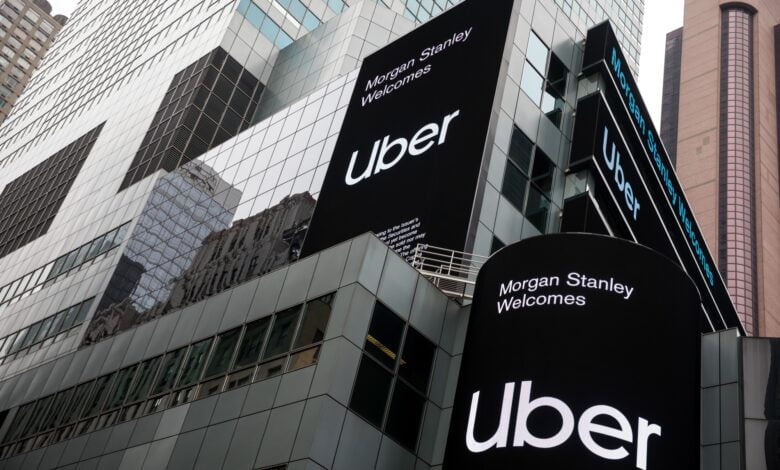
Uber posts huge investment losses, but forecasts are full of optimism
Uber (UBER) shares fell to a new low due to huge losses of $5.9 billion from investments in Didi Global, Grab Holdings, and Aurora Innovation Inc. Uber’s optimistic outlook contrasts with that of rival Lyft. Uber’s report for the quarter showed a doubling of revenue.
The reason was probably Uber’s huge losses of $5.9 billion from investments in Dido Global, Group Holdings, and Aurora Innovation Inc. On the eve of Tuesday, Uber’s competitor, Life, reported a disappointing forecast to its investors, after which the shares of both companies fell. Lift (LIFT) shares fell by 33.55% on Tuesday, while Uber shares fell by -10.75%.However, Uber’s report showed strong growth in overall revenue, and taxi service revenue finally exceeded delivery revenue.
The Uber report compared to analysts’ forecasts
Uber’s loss per share was $3.04, which is worse than the average analyst forecast of a $0.02 loss per share.
Quarterly sales increased by 136% compared to the same period a year ago to $6.9 billion, which is higher than analytical estimates of $6.13 billion. Quarterly revenue and profit statistics are on the Uber reports page.
Uber Forecasts
Uber expects earnings (Ebitda-before taxes and depreciation) in the second quarter to be about $255 million, which is slightly better than Wall Street analysts expect at $246 million.Wedbush analyst Dan Ives said about Uber and Lyft’s reports that Lyft has a harder time getting drivers, while the number of Uber drivers is at a “post-pandemic peak.”
In contrast to the speed at which consumer demand recovered, luring drivers and attracting new ones to meet demand took more time and money than investors expected. Lyft actually reported better-than-expected performance for the first quarter, reporting earnings of about $0.07 per share on sales of $876 million. Wall Street expected a loss of $0.07 per share with sales of about $850 million.
However, Lyft’s weak forecasts were reflected by a decline in shares. Lyft’s forecast for second-quarter revenue is between $950 million and $1 billion. It was below the analytical forecast of $1.02 billion. The forecast for profit (Ebitda) of $10–20 million is also significantly lower than analysts’ expectations of about $83 million.